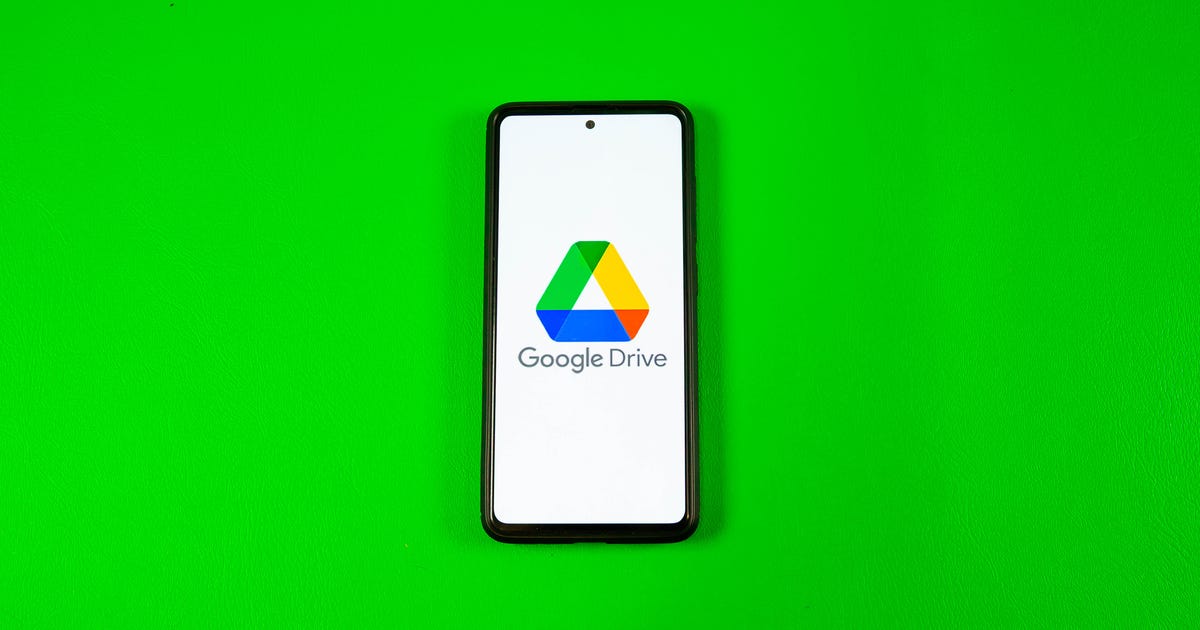
Facebook’s got a new tool in its ever-expanding efforts to make advertisers more relevant to its users.
The Menlo Park, California-based social network is offering marketers access to a new testing technology to help them figure out which ads have the most success and why.
The tools help an advertiser track the different ads it creates during a campaign and see which ones are most successful. The tests are an expansion of a program Facebook announced in January called Conversion Lift, which had comparatively limited capability to test an ad’s success convincing people to do things like buy products online or in the real world. Now, marketers will be able to test which ads are succeeding most, expanding the scope of their testing.
Facebook said it refined its new tests to ensure statistically reliable results.
The tools aren’t just for advertisers. They will also help Facebook inch ever closer to the day when users find advertising on the social networking service so relevant that it’s no longer a point of discussion. The company says so far that hasn’t happened; whenever it surveys users, the top complaint is usually that they wish ads were more relevant.
Facebook’s evolving ad strategy
- What’s next for Facebook?
- With Atlas, Facebook advertisers can follow you around the Web
- Facebook is trying to change the way advertisers look at social
The better an advertiser is at talking to users, “the better their experience ends up being,” said Brad Smallwood, who runs marketing science and measurement at Facebook.
Facebook’s tools have already helped advertisers figure out how long someone needs to see a certain ad before they respond, if they ever do. That helps advertisers figure out if they’re annoying us.
About 200 companies so far have used Conversion Lift in 500 studies to gauge their ads in the past eight months. That’s still shy of the nearly 2,000 studies that are typically run globally by television, radio and print advertisers to learn how successful their ads are. But it’s a start.
German home furnishing sales website Westwing Home & Living used the technology to learn what type of ad it should display on Facebook, be it a simple post with a link or a group of photos shown in an album. “It allows us to make data-based decisions versus gut-based decisions,” said Valentin Schellhaas, the company’s head of marketing.
In the future, Smallwood said he hopes Facebook will be able to share more information about what works in ads and what doesn’t, helping marketers avoid making bad decisions the first time around.
Updated at 8:40 p.m. PT to correct the number of companies who have used Conversion Lift studies.




